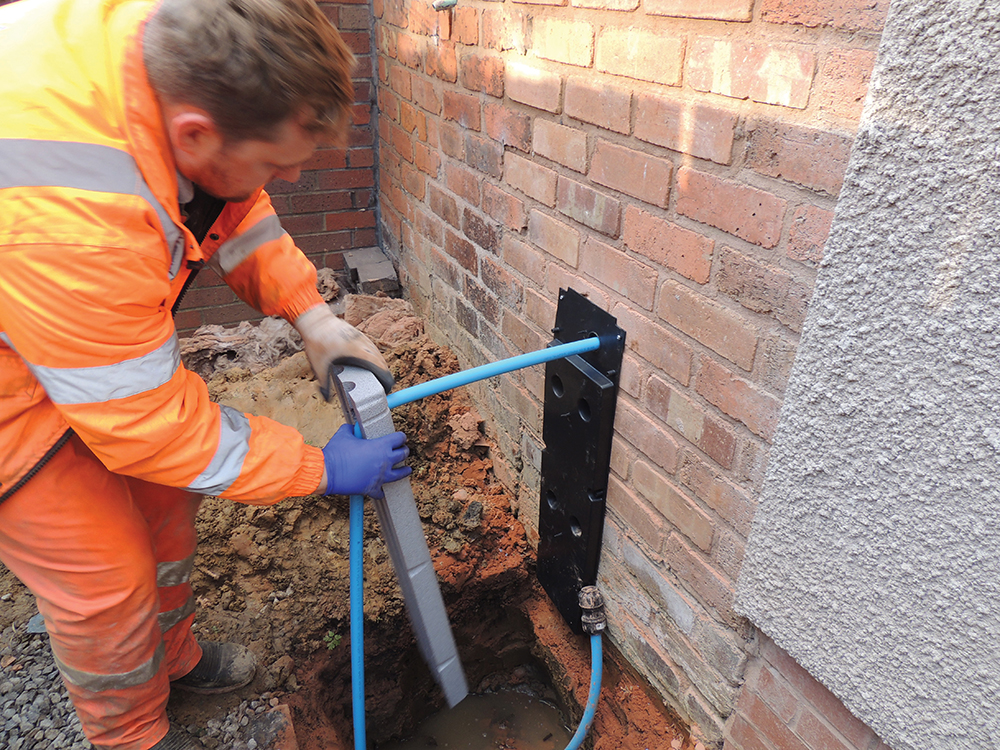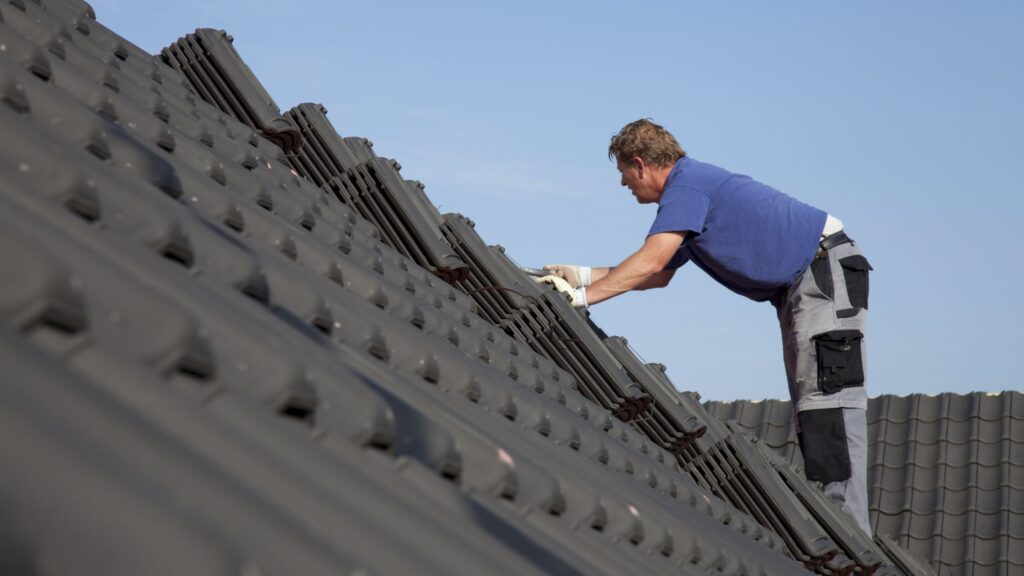Precision restoration techniques encompass a sophisticated array of methodologies aimed at not just restoring but enhancing the beauty and functionality of various objects, structures, or systems. Whether it is delicate antique furniture, historic buildings, vintage automobiles, or intricate artworks, precision restoration techniques are meticulous processes that demand a deep understanding of materials, craftsmanship, and aesthetics. At the core of precision restoration lies, the commitment to preserving the authenticity and integrity of the original piece while also addressing any damage or deterioration it may have incurred over time. This involves a meticulous assessment of the object’s condition, identifying areas of weakness or decay, and formulating a tailored restoration plan that respects its historical significance and unique characteristics. One of the key aspects of precision restoration is the use of traditional craftsmanship and techniques combined with modern advancements in materials and technology.
Master artisans and craftsmen skilled in woodworking, metalworking, masonry, and other trades employ time-honored methods to repair, refurbish, and revitalize the object, ensuring that each intervention is executed with precision and care. Whether it is hand-carving intricate details, forging custom metal components, or replicating period-specific finishes, every step is carried out with meticulous attention to detail to achieve seamless results. Moreover, Morgan Restore restoration company Mississippi often involves extensive research and documentation to ensure historical accuracy and authenticity. This may entail consulting archival records, studying period-specific techniques and materials, or collaborating with historians and experts to gain insight into the object’s provenance and significance. By delving into the object’s history and context, restorers can make informed decisions that honor its heritage while also preserving its aesthetic and functional qualities for future generations to appreciate.
Furthermore, precision restoration extends beyond mere repair to encompass preventive conservation measures aimed at safeguarding the object against future damage or deterioration. This may involve implementing climate control systems, employing protective coatings, or instituting proper handling and maintenance protocols to mitigate risks and prolong the object’s lifespan. By taking a proactive approach to conservation, precision restorers ensure that their efforts endure the test of time, preserving the beauty and functionality of cherished artifacts and heirlooms for generations to come. In essence, precision restoration techniques represent a harmonious blend of artistry, science, and craftsmanship dedicated to breathing new life into objects of historical, cultural, or personal significance. Through painstaking attention to detail, meticulous research, and a deep reverence for the past, precision restorers uphold a tradition of excellence that celebrates both the beauty and functionality of the world’s treasures, ensuring that their legacy endures for future generations to marvel at and enjoy.






